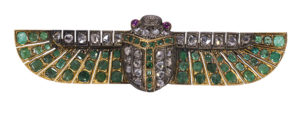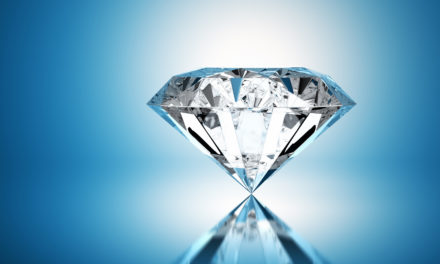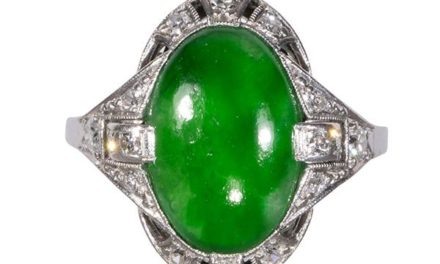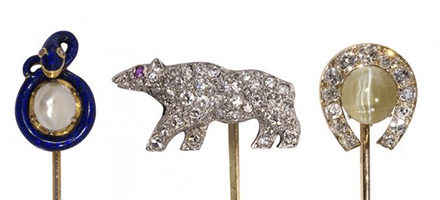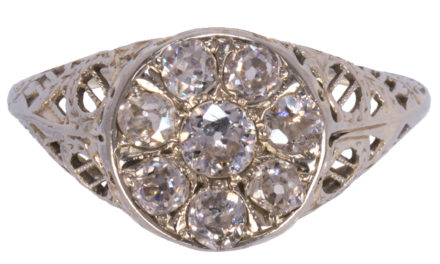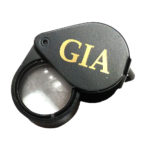 Jewelry is often characterized by the era during which it was produced. The time line for jewelry is as old as humankind, with ancient beads from shells, animal bones and teeth being dated to 80,000 to 110,000 years old. Jewelry which we refer to as ancient is approximately 5,000 – 7,000 years old. Previous civilizations used the gemstones and metals which were found in their region or which came to them via sophisticated trade routes. It is thought that the first language developed as a result of bead trading. Beads were one of the earliest forms of trade between humans who coveted, collected, and adorned themselves with them.
Jewelry is often characterized by the era during which it was produced. The time line for jewelry is as old as humankind, with ancient beads from shells, animal bones and teeth being dated to 80,000 to 110,000 years old. Jewelry which we refer to as ancient is approximately 5,000 – 7,000 years old. Previous civilizations used the gemstones and metals which were found in their region or which came to them via sophisticated trade routes. It is thought that the first language developed as a result of bead trading. Beads were one of the earliest forms of trade between humans who coveted, collected, and adorned themselves with them.
As tombs and historic artifacts were discovered jewelry styles from earlier eras were copied or honored in new designs including Etruscan Revival, Architectural Revival and Egyptian Revival, occurring at three separate times in history 1820- 1850, 1870-1900 and again in 1920-1935.
Egyptian or Egyptian Revival jewelry is some of the most recognized jewelry, depicting distinctive and repeated themes of scarabs, Horus, ankhs, pharaohs and cartouches, utilizing enamel, faience and specific gemstones such as lapis lazuli and turquoise. Later as each revival appeared, these distinctive themes would repeat using materials like stones, metals and techniques available at the time.
Some jewelry periods include Georgian, Victorian, Arts and Crafts, Edwardian, Belle Époque, Art Nouveau, Art Deco, Retro, and Mid-century modern (see time line below). Each jewelry period has specific characteristics which a jewelry specialist looks for while examining and determining a period.
In addition to these periods there are terms that are often used and misused such as antique, vintage, estate and period.
Ancient jewelry: belonging to the very distant past, civilizations that are no longer in existence.
Antique jewelry: is 100 years or older.
Vintage jewelry: is not old enough to be considered antique, yet not modern or contemporary, and can include many decades or eras, therefore encompassing many periods.
Estate jewelry: is a term used to describe previously owned jewelry. This jewelry is usually acquired from estates or is second hand, and is often antique or vintage in nature.
Period jewelry: see time line.
When deciphering and assigning a period to a piece of jewelry, more than just the style and appearance needs to be considered. The materials available at the time of production, stone cutting styles, equipment and metal working techniques should all be considered while determining a period.
Quite often actual examples of jewelry represent combinations or transitions from one jewelry period to the next, exhibiting characteristics that overlap one another on the period time line. There might be a piece of jewelry that everything (i.e. stones, metal and workmanship) is telling you that it was made during a certain time, but lacks or has characteristics that exhibit more than one period. Or vice versa, it has characteristics, but the materials (i.e. stones, metal and workmanship) don’t match the period. These variables are effected by factors such as geography, war, resources, technology and fashion or possibly a reproduction. We often like to put things into categories, but a time line is always in flux, either overlapping or ending suddenly.
Clearly each civilization has found ways to acquire objects to covet and adorn. How will future jewelry historians view today’s jewelry?
